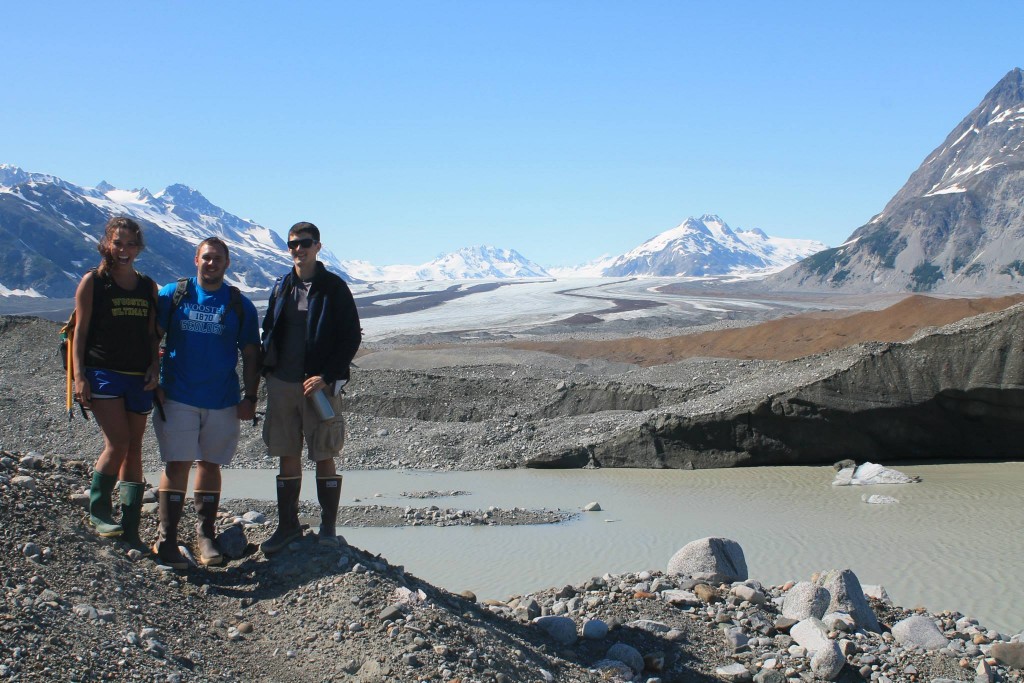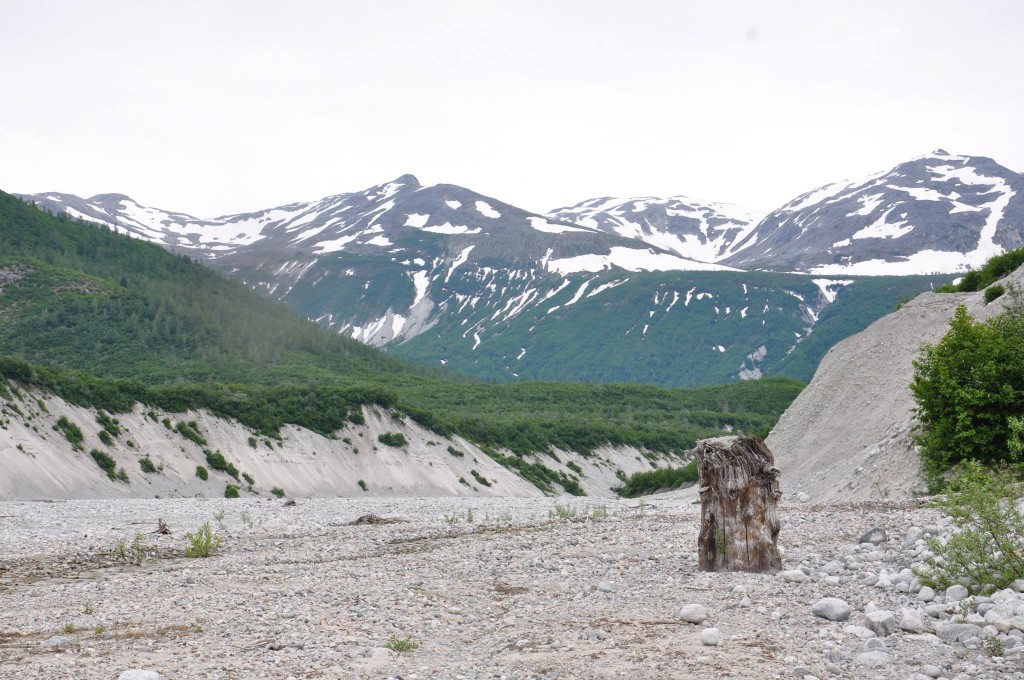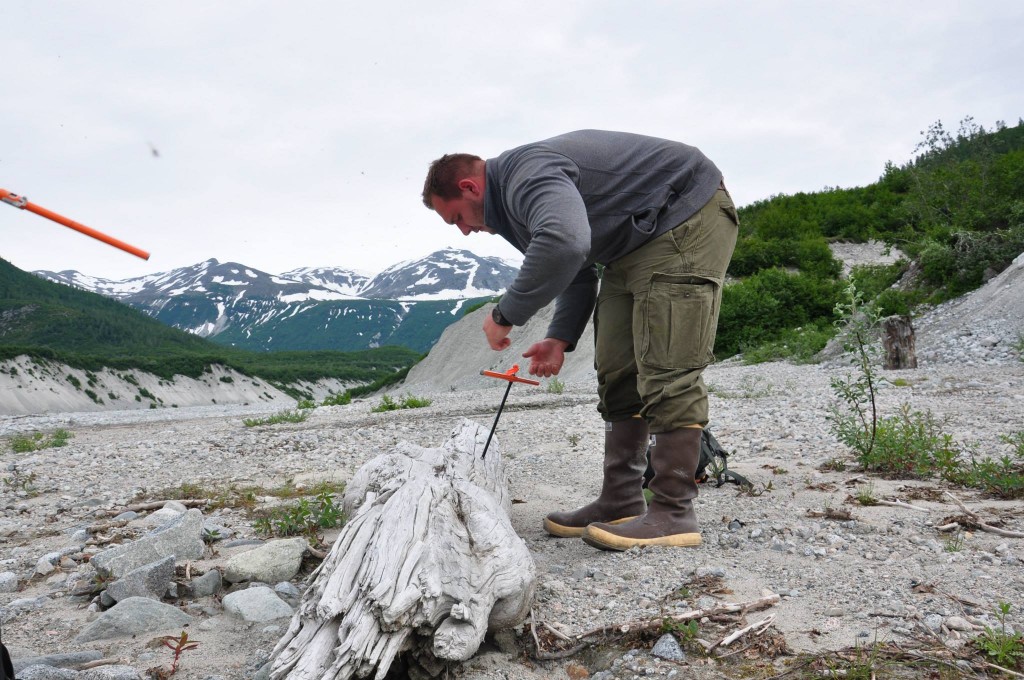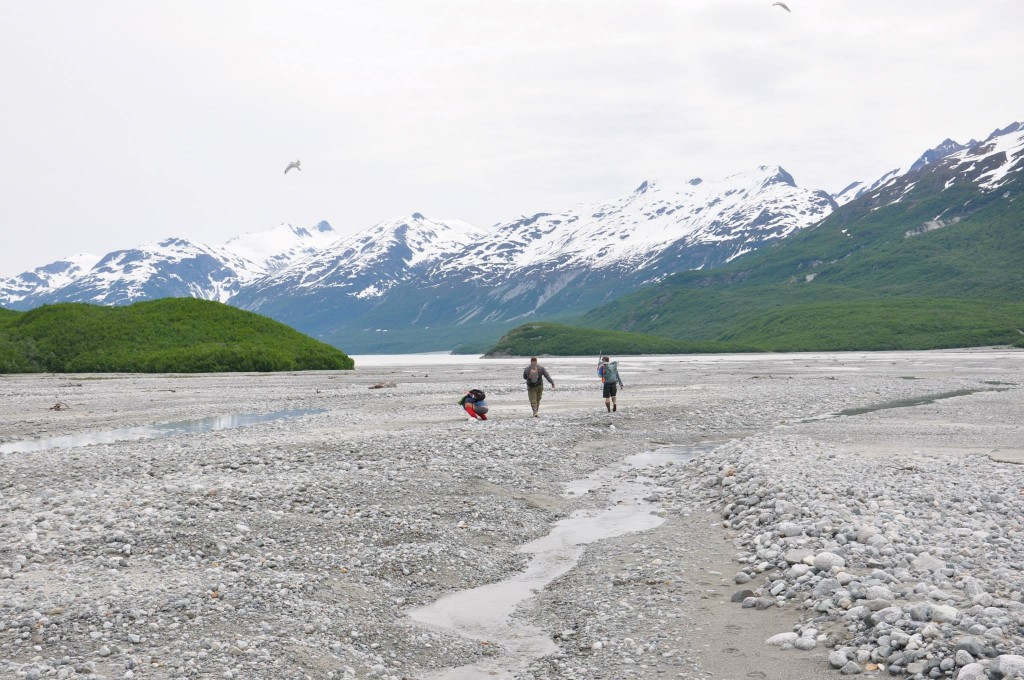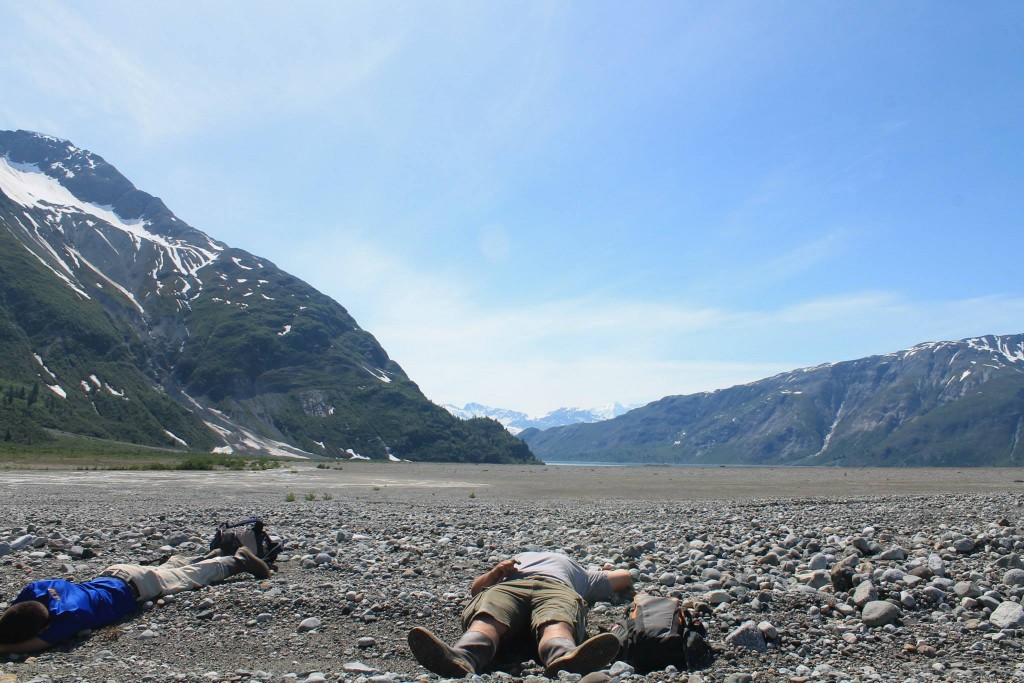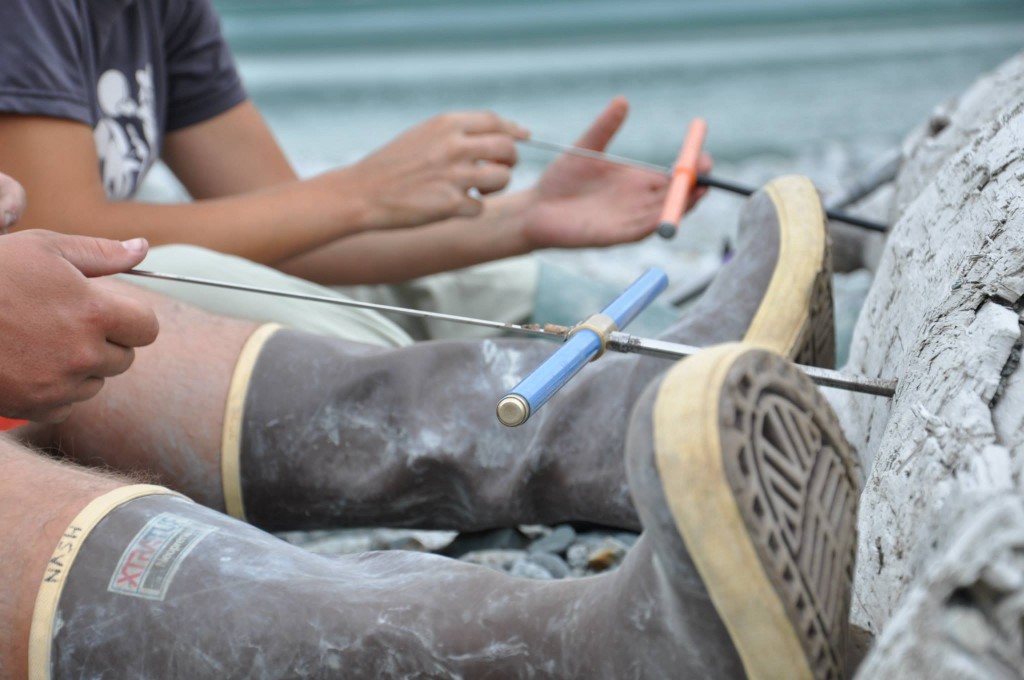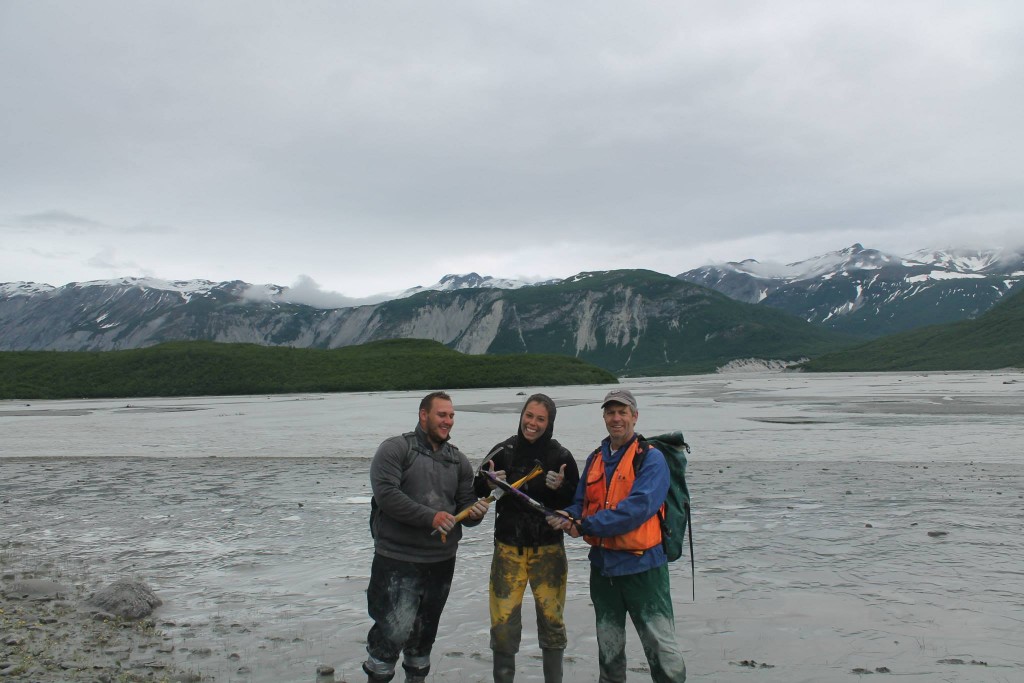Guest Blogger: Abby VanLeuven
June 26th: Marble Mountain
Our arrival at the southern end of Marble Mountain begun with the sighting of 3 orcas that as Dr. Wiles explained were a sign of good luck. Thus began the assent into the bug-infested shrubbery complete with thickets of devils club and raspberry bushes. We were trying to climb to 2000 ft. elevation set up camp and then climb 400 more ft., in order to reach the Mountain Hemlocks that we were going to core. We were trying to core these particular hemlocks -because they are part of a Nunatak forest. A nunatak forest is an island of forest that survived the ice sheet moving over the area because of its high elevation. These trees would have been great for my thesis because of their age and high elevation.
About an hour into our hike the sun was bearing down on us, it was 85 degrees out and we were out of water with no streams or snow melt in sight. As the elevation and incline rose so did our levels of dehydration, frustration and exhaustion and around hour 5 we made the executive decision to turn around. Although it was pretty disappointing not to be able to reach the trees we ultimately made the right decision because of the lack of snow melt. Two hours later after sliding, stumbling, and falling down the mountain all while dreaming about water we heard the sound of the river and stumbled into it chugging as much as we could.
It was quite the adventure and although we looked it in the eye, Marble Mountain still holds its mysteries.

Marble Mountain is the peak on the far left.

Andy and Dr. Wiles trying to climb up the limestone rock face with 30 pound backpacks (our only break from dense Devils club and other shrubbery).

Distressed after descending Marble Mountain (10PM).
June 28th-30th: days after Marble Mountain
We were rescued from Marble a day early and decided to take some cores from excursion ridge. We cored Western Hemlock, Mountain Hemlock and lots of Shore Pine. Although Shore Pines can sometimes be hard to correlate well, they have recently been in decline for a variety of biotic reasons and we are going to see if there is any climate signal that can be related to their stress.
The first day back (28th) we went up to Yellowleg trail, a lower site on excursion ridge, and started coring Western Hemlock and some Shore Pine. The lower elevation part of the trail started out dominantly a Western Hemlock forest opening up to more Mountain Hemlock and then ending with a bog full of Shore Pine. At the end of the day we were hiking along the road and saw a quartz vein that had been folded ductilely, which was really cool to see after learning about in structure.

View at the base of the Yellowlegs trail overlooking Bartlett cove bay and Pleasant Island.

Western Hemlock

Quartz Vein.
Our next two days we started coring more Shore Pines in the valley below Excursion Ridge and finished coring the Yellowlegs Trail. While coring the trees in the valley we encountered our first rainy day but we survived. These Shore Pines are younger than the ones we sampled the day before but hopefully they will still yield valuable data.

Bog at the top of the Yellowlegs trail.

Coring a Shore Pine at the Yellowlegs trail bog.
To end our time in Gustavus we were invited by the foresters to aid them in their rivalry softball game against the lodge. We were acting as cheerleaders to the game, until the 5th inning where, in only 2 innings Andy got a run, Jesse made a diving catch at shortstop, and then Andy, as catcher, proceeded to drop the throw to home plate that would have prevented the lodge from winning. We met some great people and were sad to leave but at the end of the game with Andy’s huge mistake it was probably for the best that we were leaving on the ferry the next day.
On Saturday we took the ferry back to Juneau and there our adventure ended with a flight back to the lower 48 the next morning. We looked it in the eye and what an adventure Alaska has been.
 Team Alaska on a rainy day at the gateway to Glacier Bay National Park and Preserve.
Team Alaska on a rainy day at the gateway to Glacier Bay National Park and Preserve.

Team Alaska on a sunny day riding the ferry from Gustavus to Juneau.




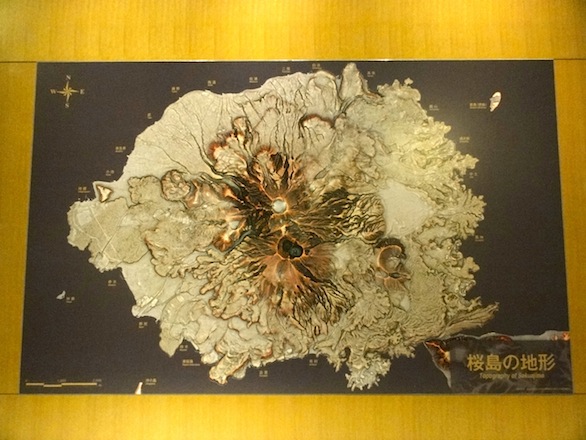

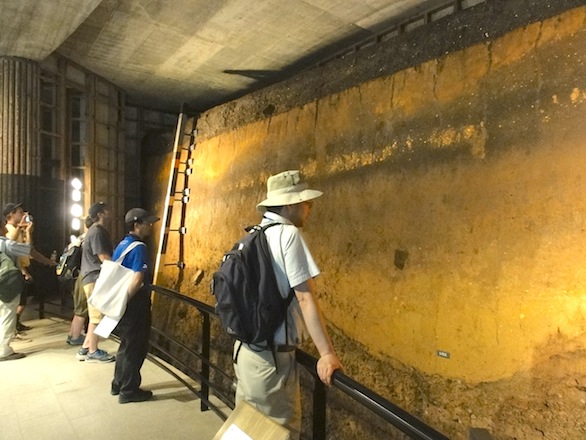
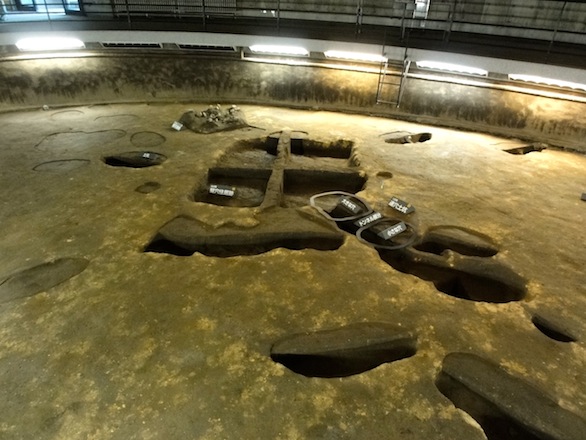
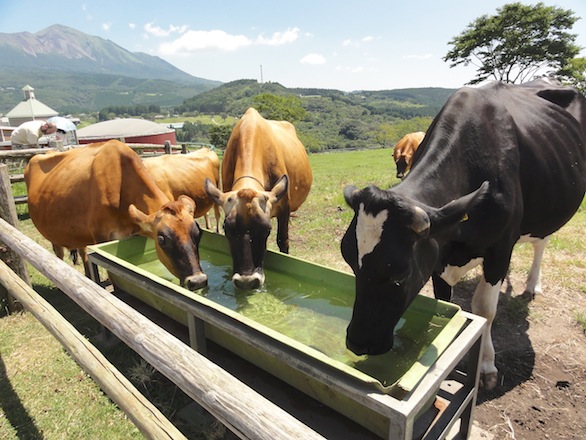

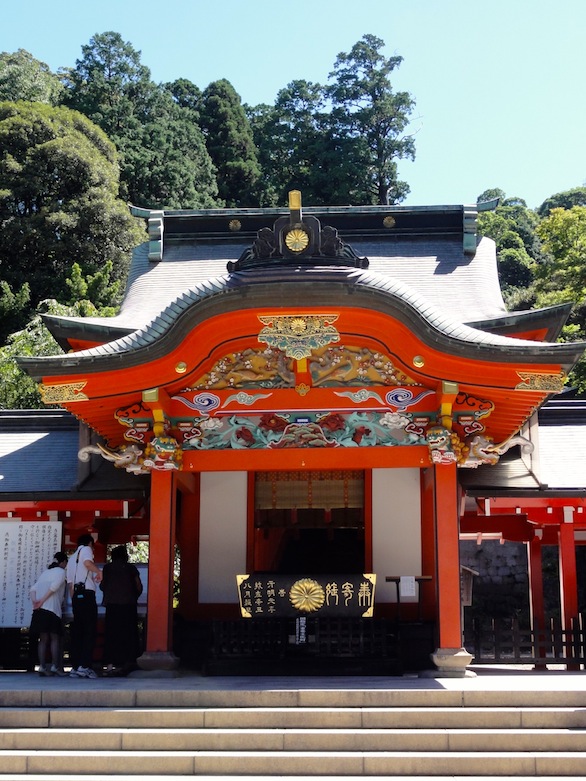
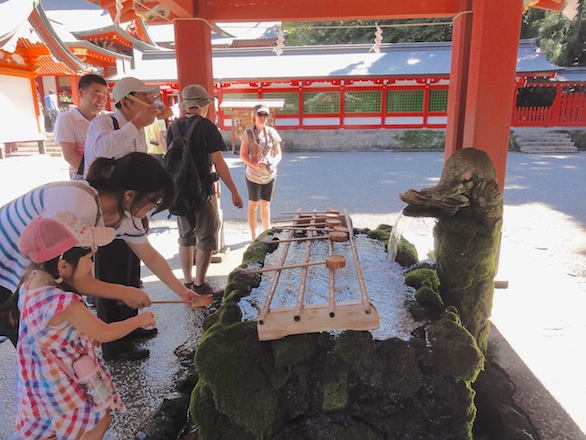


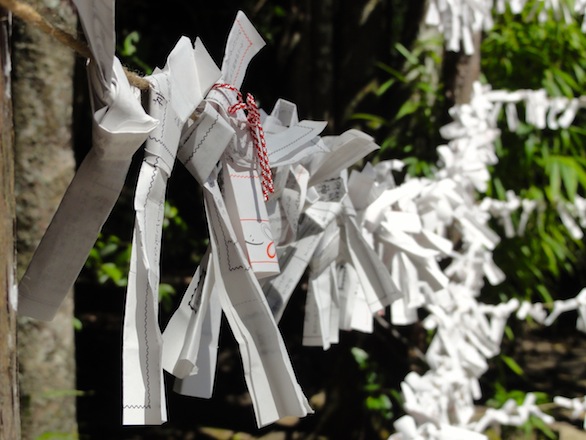




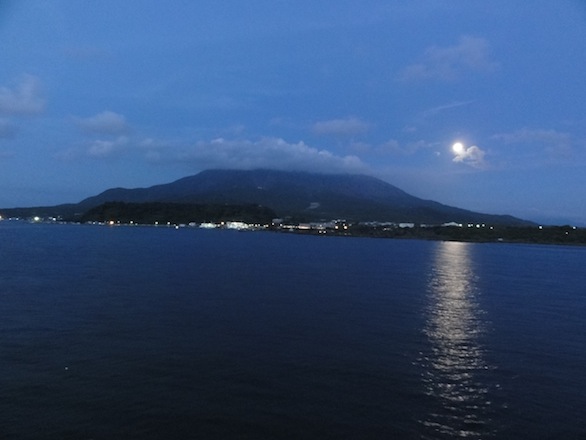
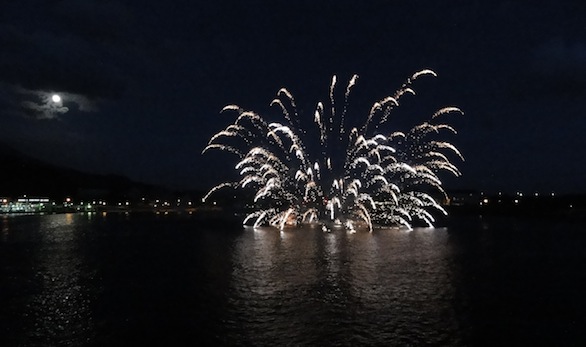
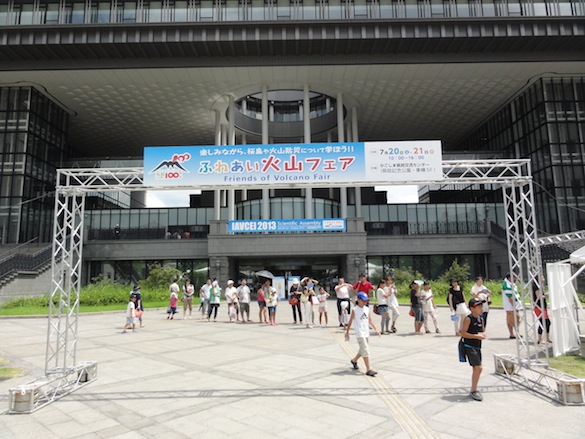
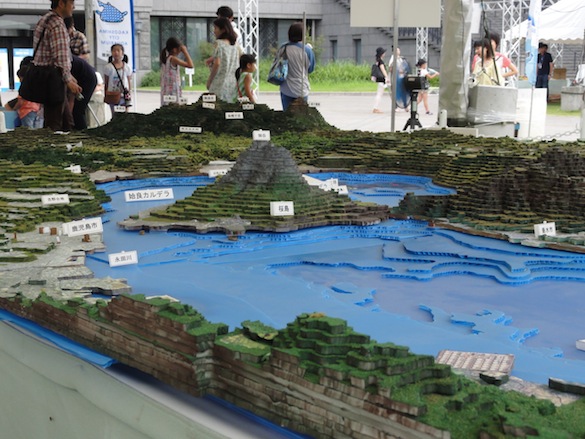



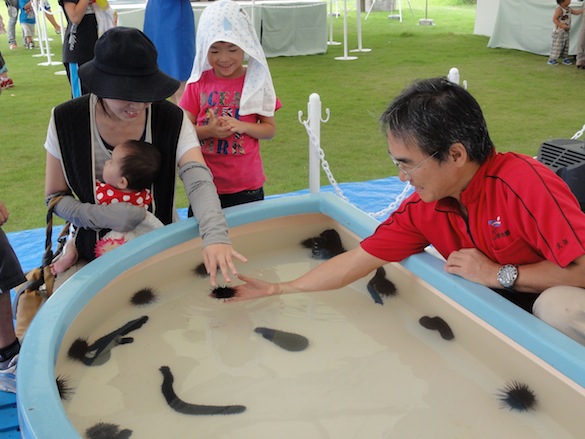


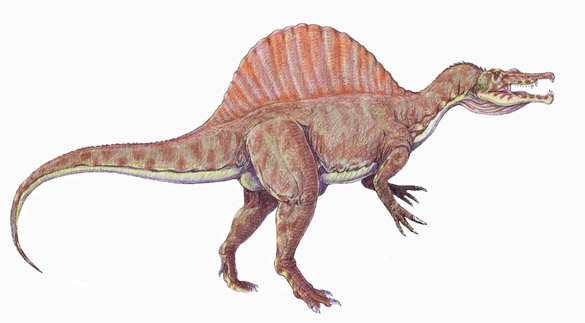

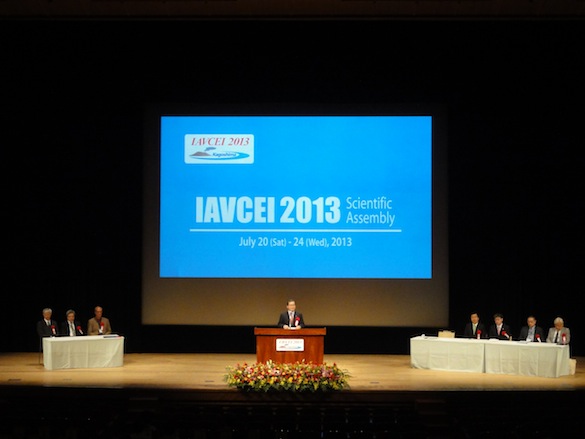
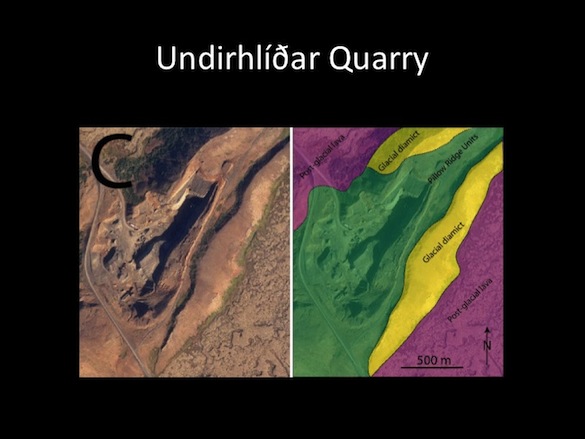
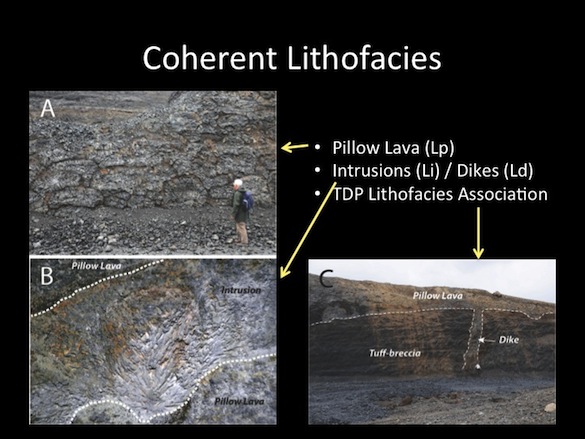
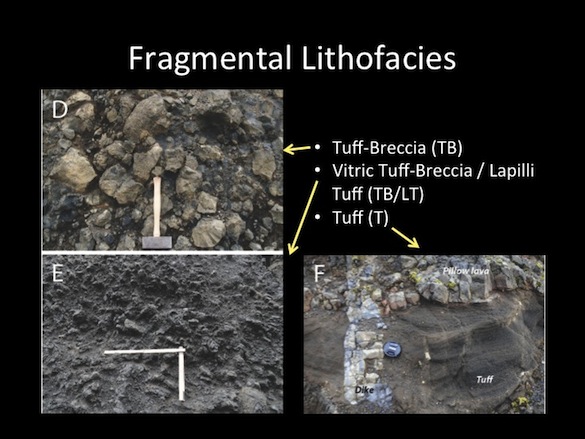
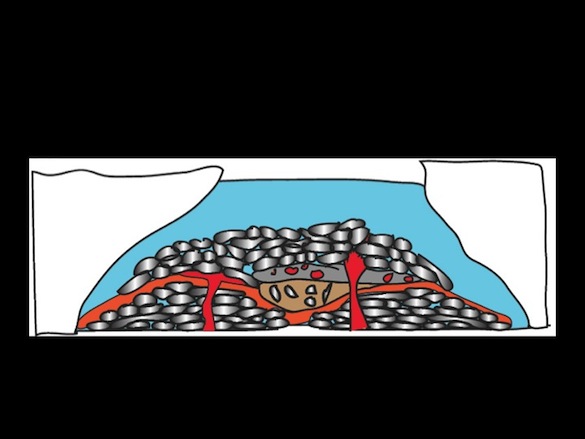
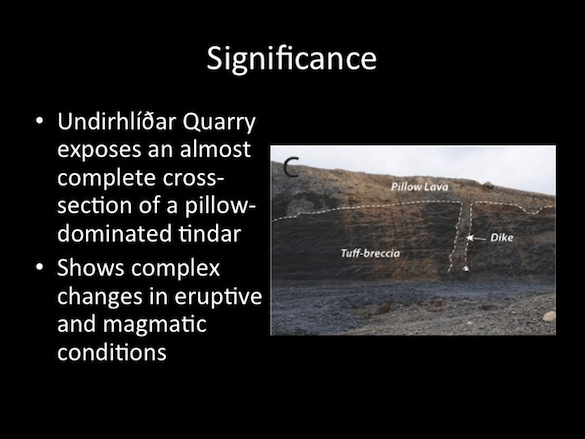








 Team Alaska on a rainy day at the gateway to Glacier Bay National Park and Preserve.
Team Alaska on a rainy day at the gateway to Glacier Bay National Park and Preserve.

